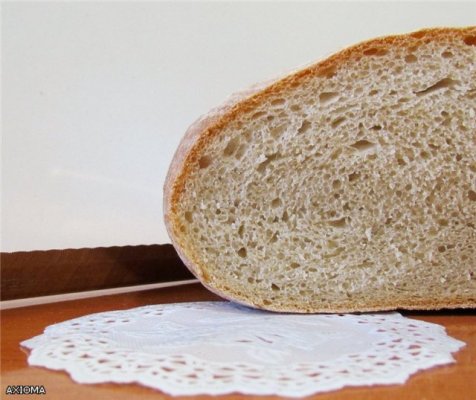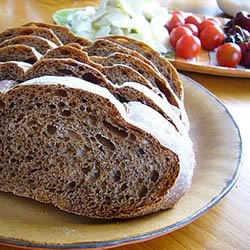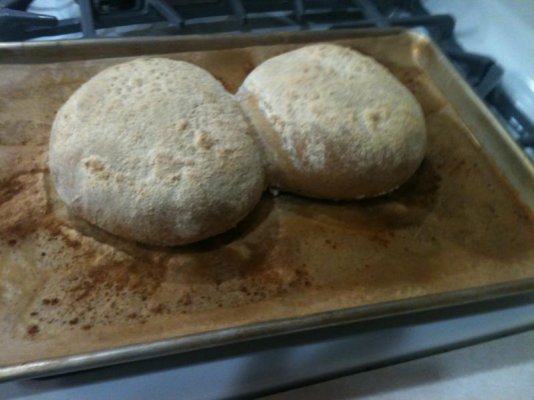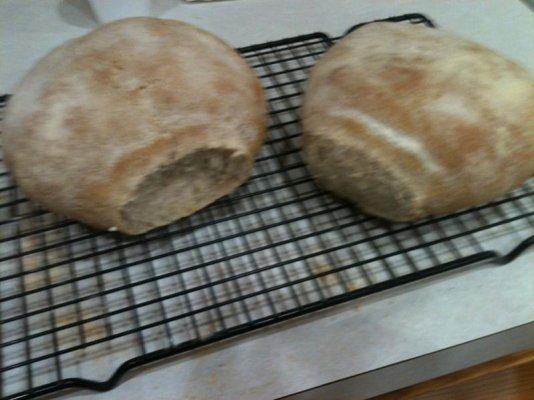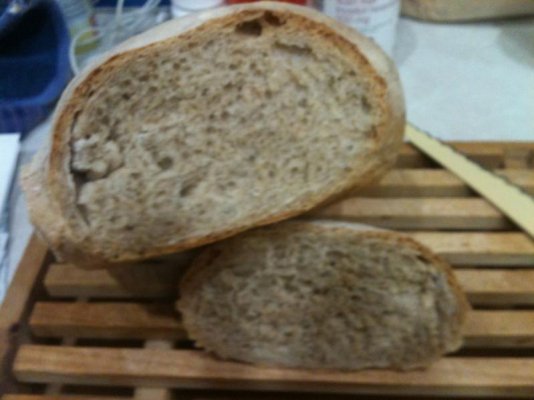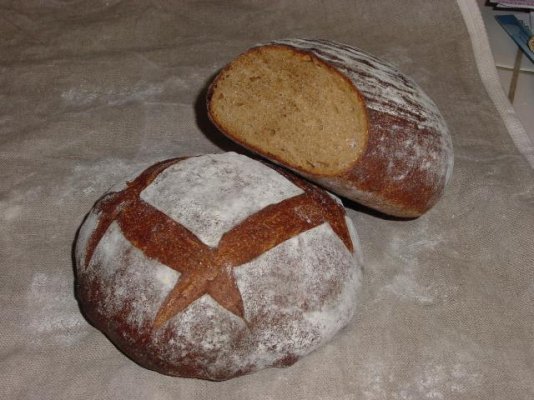CharlieD
Chef Extraordinaire
I was at somebody's house a while ago, and they had this homemade bread. It was really amazing. Of course I've asked for recipe, but to no avail. I hate that. This site taught me to share and help. Never mind. I would like to make similar bread and I think I have even found a recipe that might reproduce the very similar bread. However it is in Russian, which is not a problem, problem that the flour they use I have never seen here in the States. The result is this bread that is not white. I am going to post a picture here to provide you with an idea. Maybe you can tell me what kind of flour you would use to get something like this. Thank you in advance everybody.

